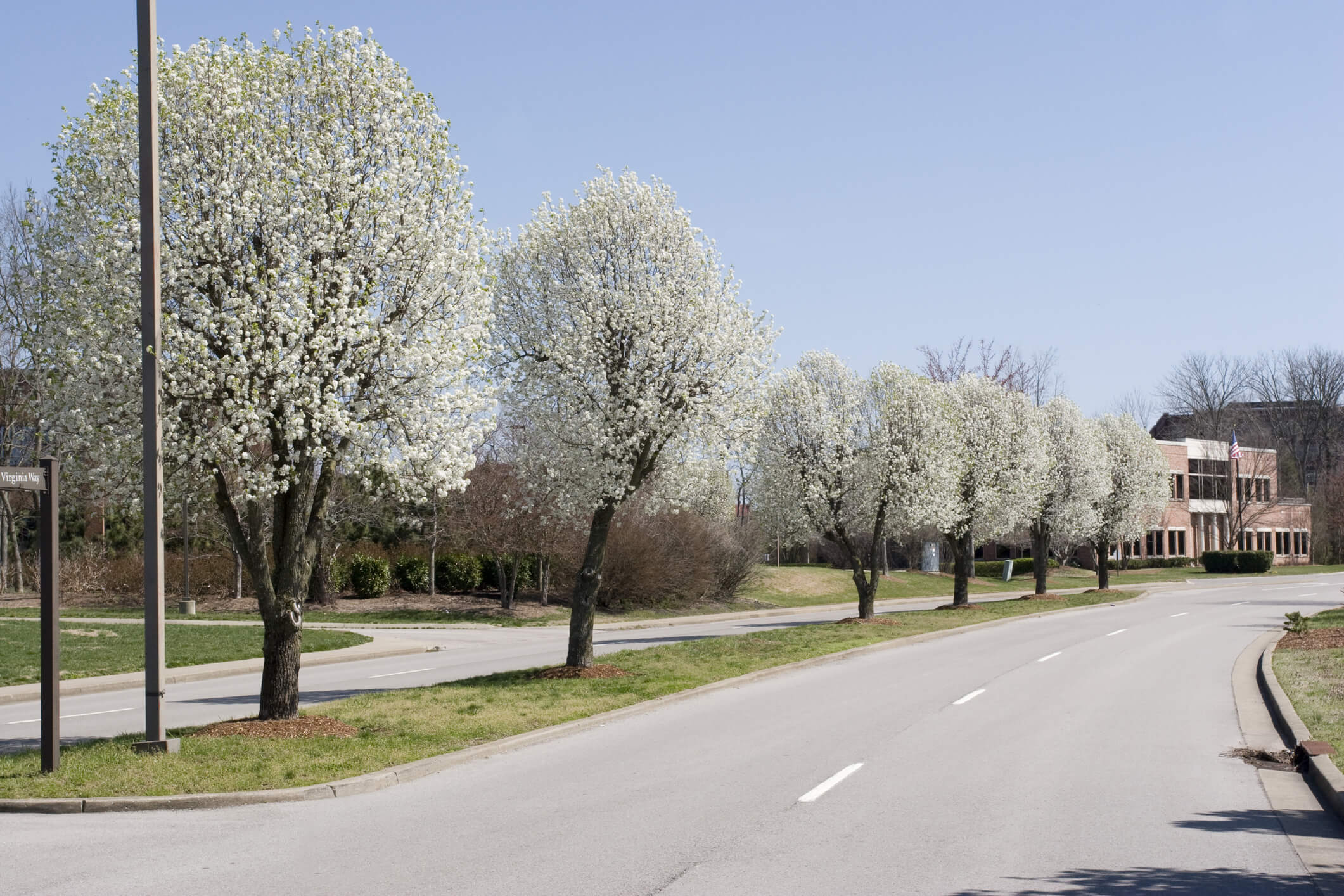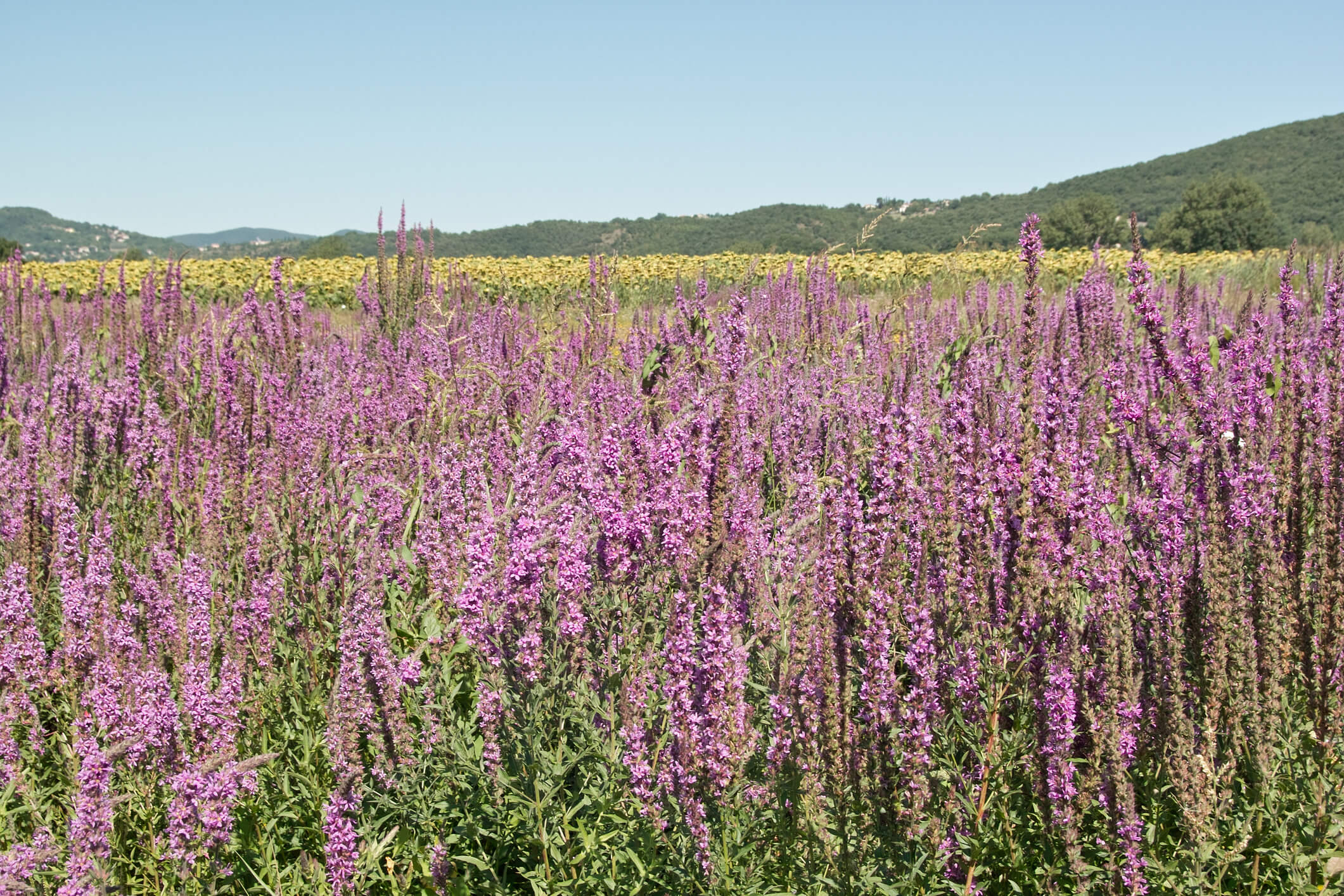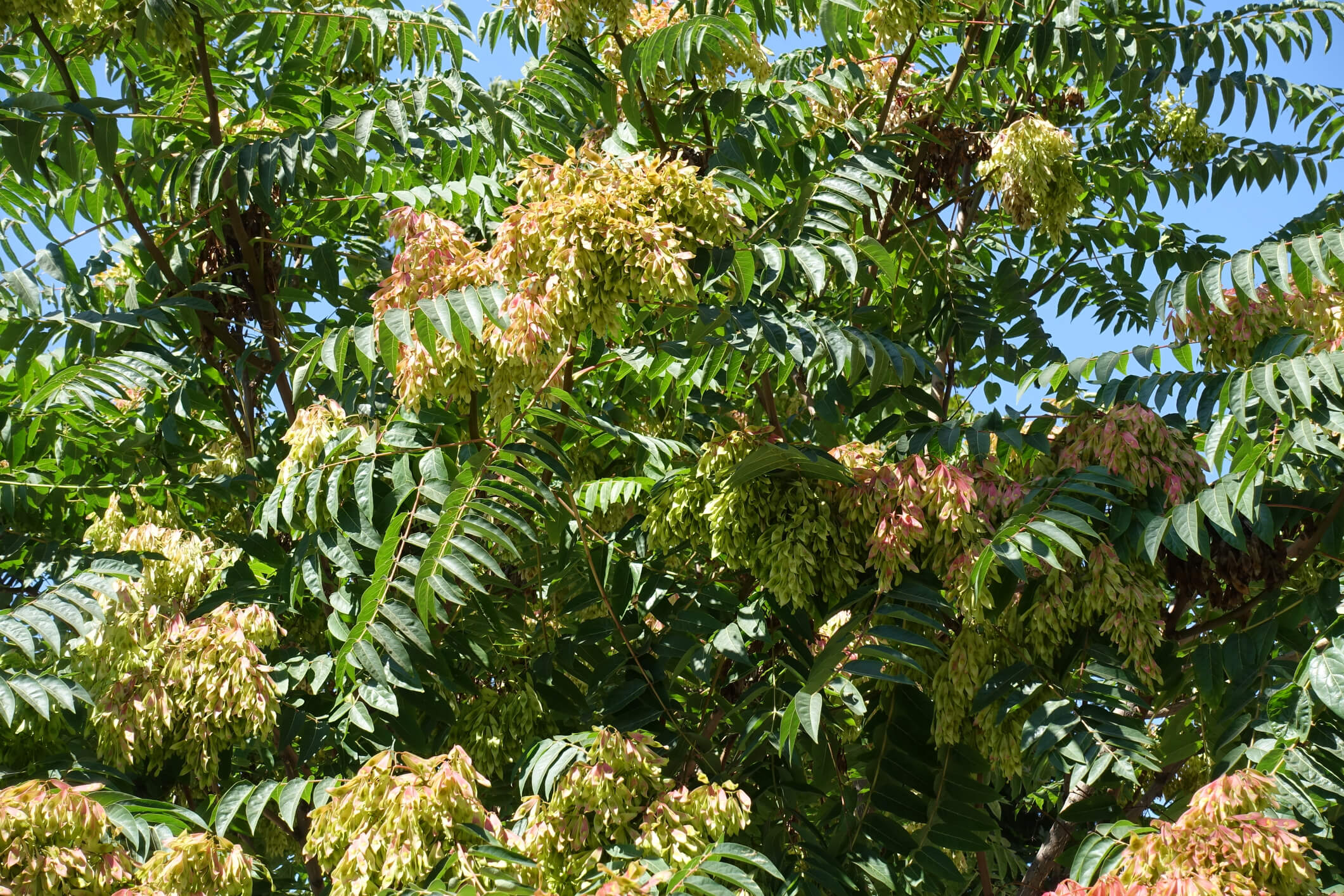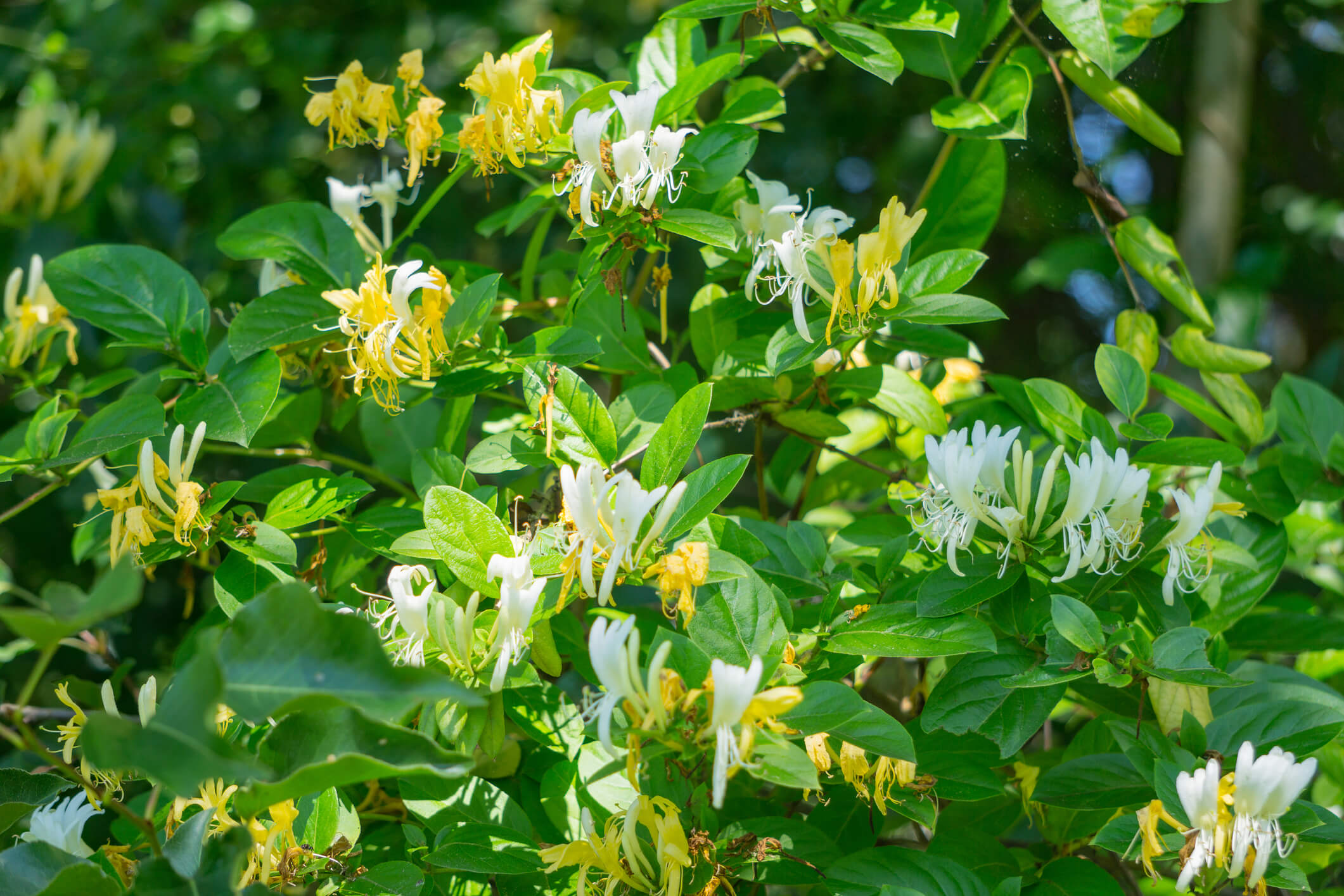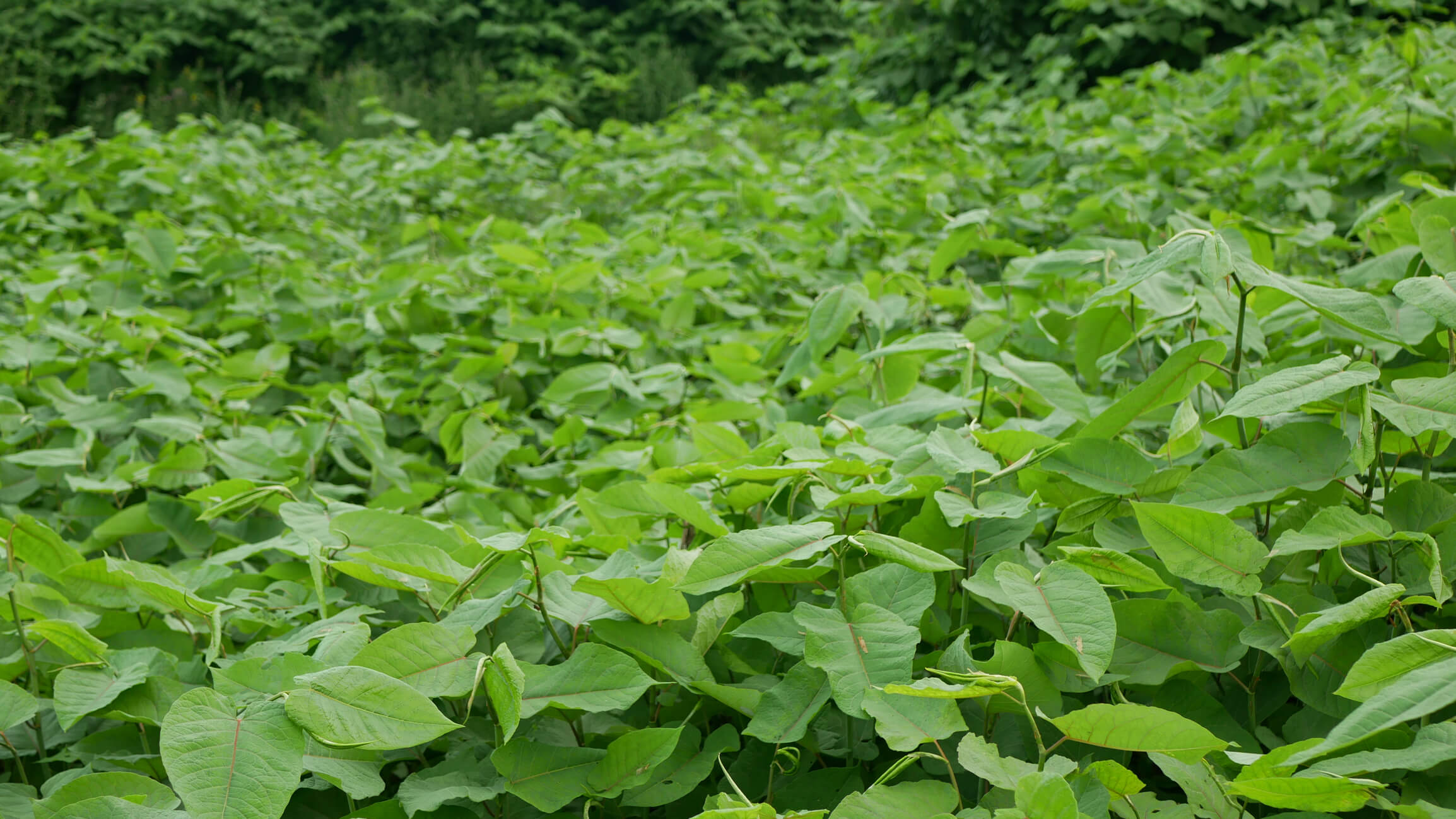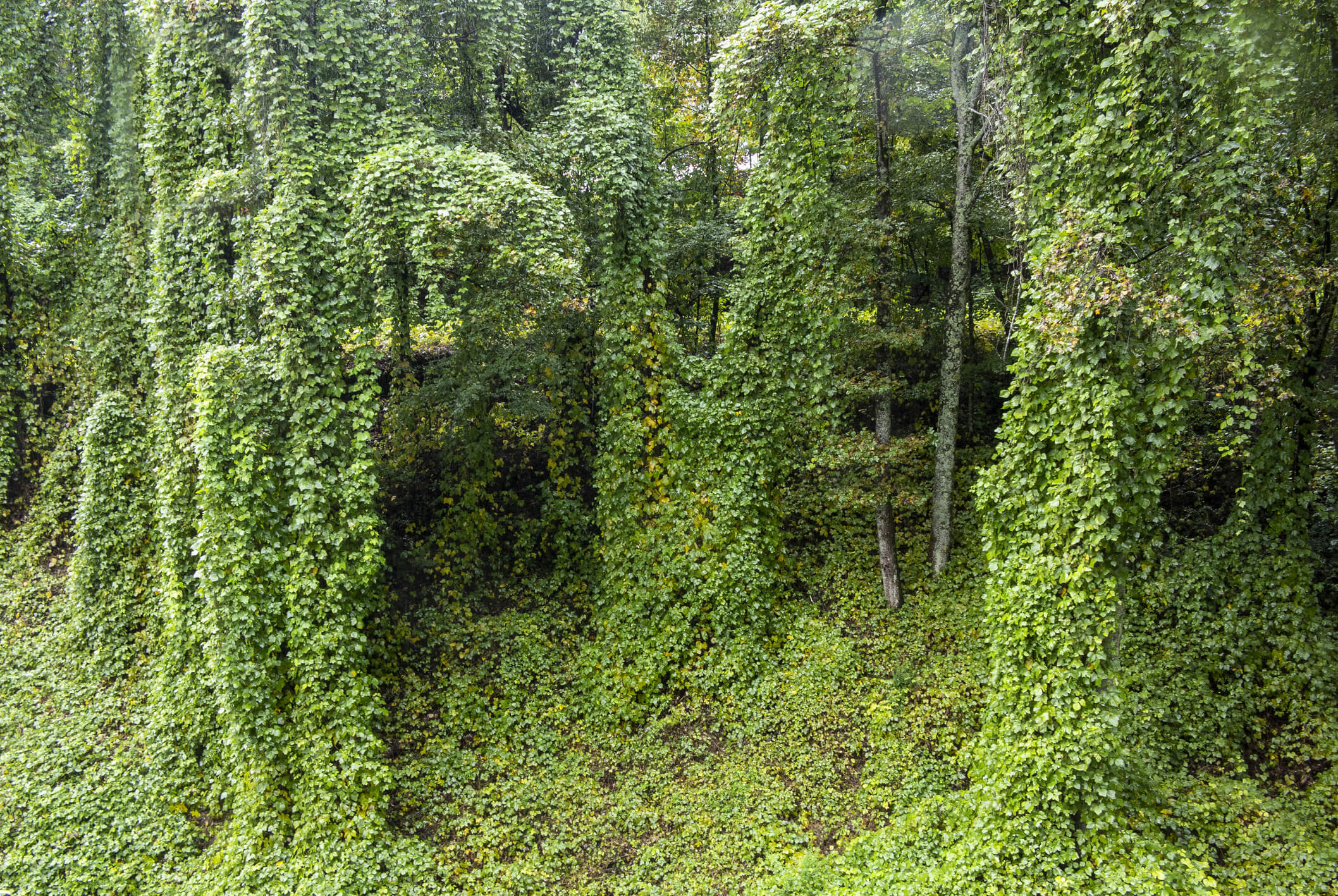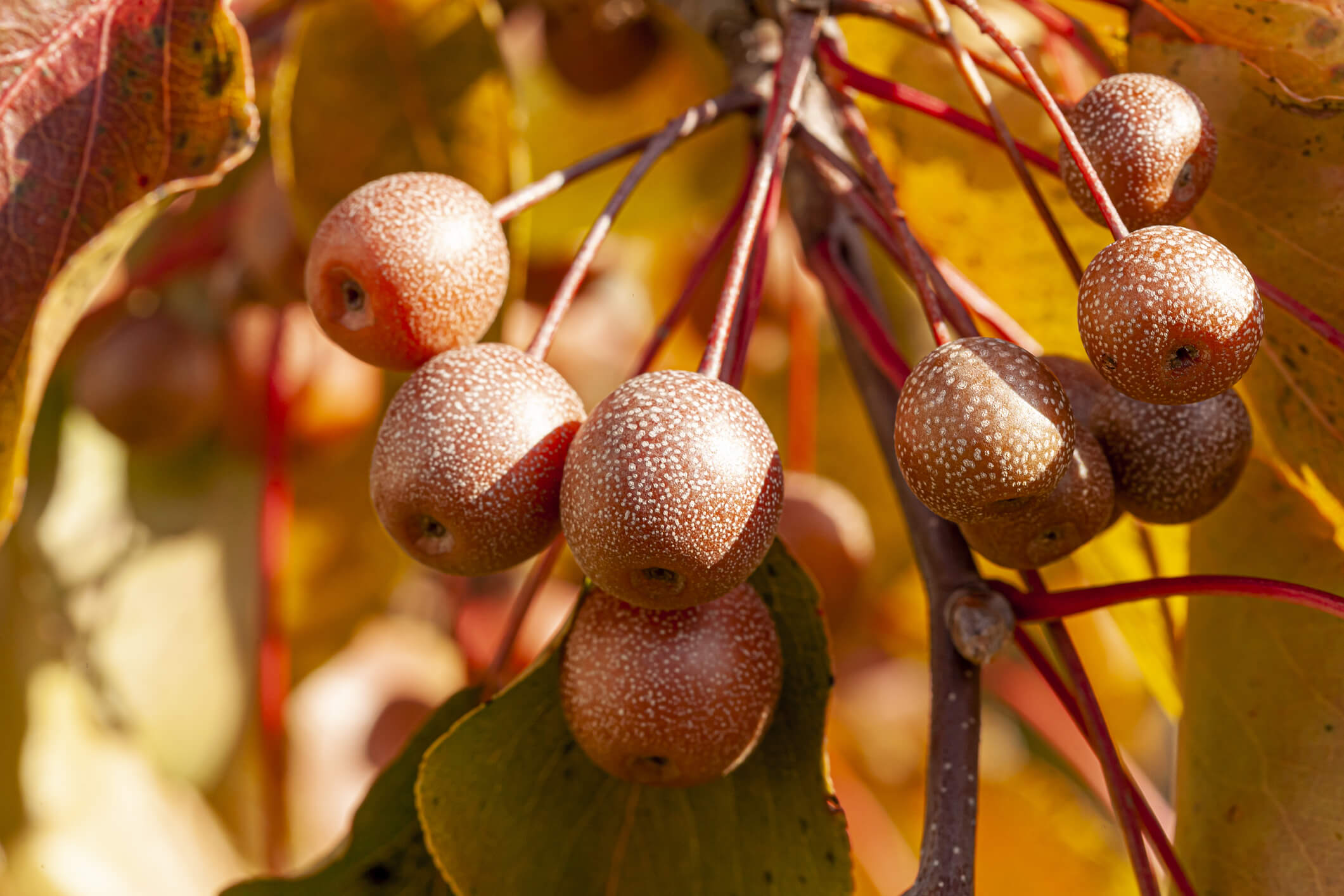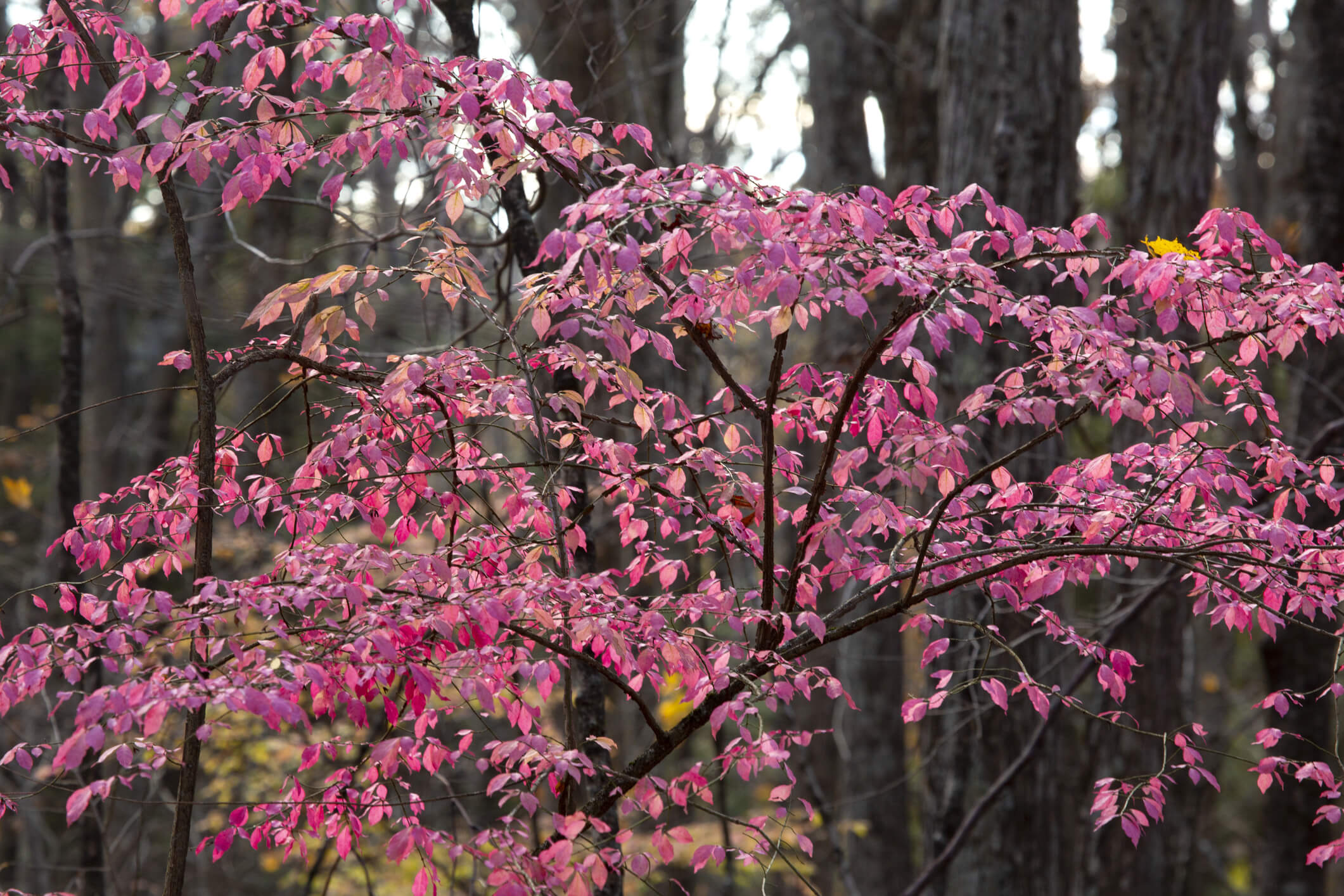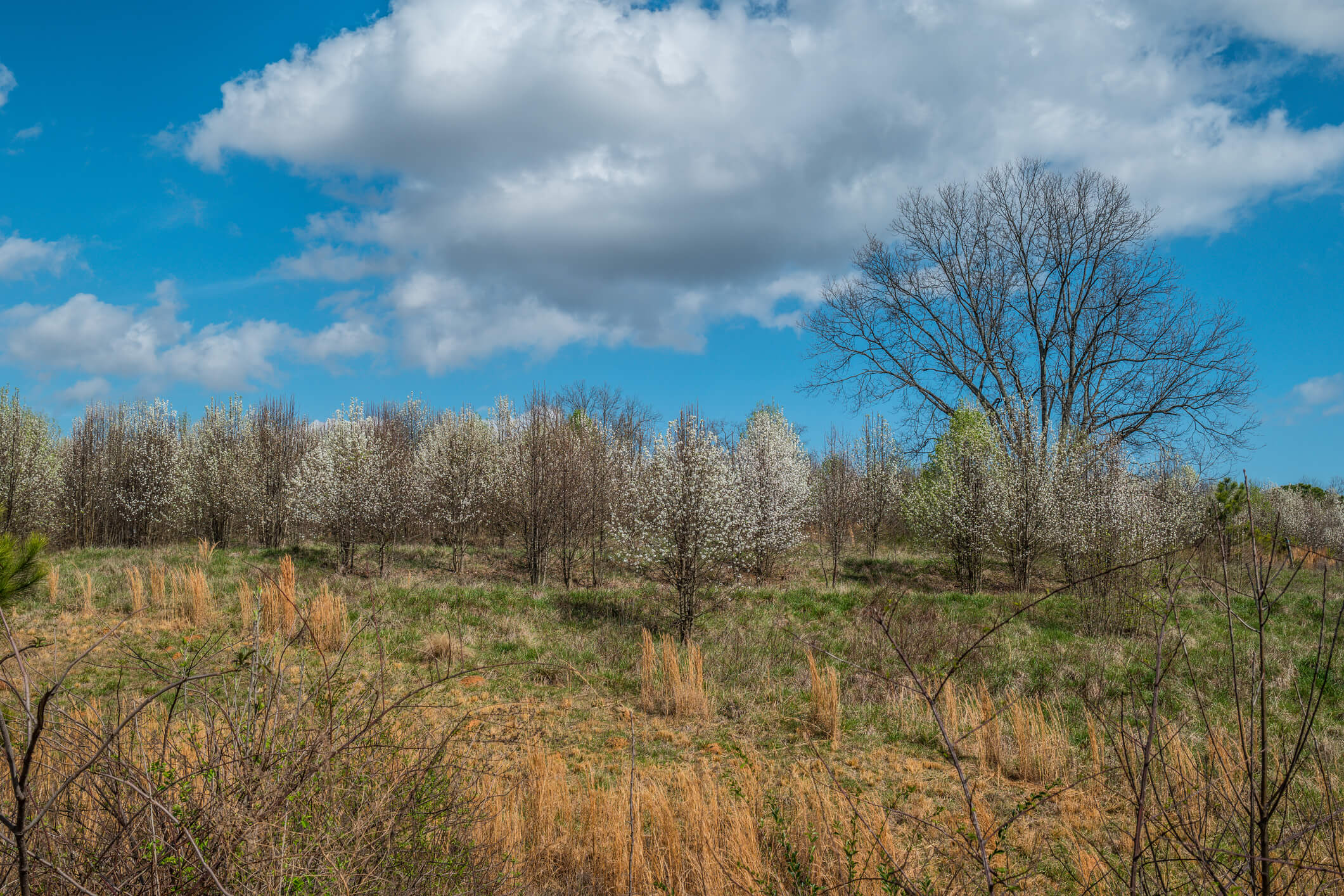As soon as I hit the send button last week, I realized that there was more to think about in our look at native plants. We need to discuss invasive plants vs. non-native, or introduced, plants. It seems there's confusion about which plants are safe to use in the landscape and which aren’t.
Recently I was poking around one of our big box stores. I didn’t have a particular purchase in mind, but some gorgeous early forsythia caught my eye. Knowing I had beds to redo, I stood there mentally designing the space around the idea of a spot for early spring pollinators. Across the pallet of pots, I heard a woman tell her companion (loudly enough so I could learn from her wisdom too), “You don’t want to plant that! It’s invasive and will hurt the environment.” As her companion reluctantly put the pot back down and turned to wander off, she nodded in satisfaction, knowing that she had made a difference in the world.
Her comment seemed so off the wall that I just couldn’t stop thinking about it. Why would she think that forsythias were invasive? Yes, some varieties do sucker as their branches touch the ground, but that is easily controlled. Later it hit me that she had probably gotten the terms non-native and invasive jumbled together, not realizing she was maligning a perfectly innocent, all be it introduced, plant!
The United States Forestry Service defines an invasive plant species as “Non-native (or alien) to the ecosystem under consideration; and whose introduction causes or is likely to cause economic or environmental harm or harm to human health. (Executive Order 13112).” In other words, in order for a plant species to be considered invasive, it must meet both characteristics, not just one. Although non-native plants are not as beneficial to the environment as natives, they can, and do, add both beauty and functionality to the landscape without causing harm. (As an aside, research has shown that a landscape can contain thirty to fifty percent non-native plants and still be considered a healthy environment for birds, pollinators and other wildlife.)
Because of their ability to spread rapidly, invasive plants overwhelm, weaken and wipe out native species as they vie for sunlight, moisture and nutrients. They entrench themselves in the landscape, leaving no physical space for natives to occupy. The normal diversity seen in a healthy environment eventually becomes a stagnant and lifeless monoculture. In fact, invasive species are recognized as the direct cause of 42% of our endangered or threatened species. The Forest Service also notes that invasive species are also associated with “increased soil erosion. degraded water quality and decreased recreational opportunities.”
Several characteristics allow invasives to hijack an area. Some species, like Purple Loosestrife, Lythrum salicaria, produce seed in large quantities, which is then scattered by breezes, birds and humans and takes root in patches of disturbed ground. One Purple Loosetrife can produce up to 2 million wind dispersed seeds in one year. Other species have vigorous root systems that spread out across wide and deep areas. Not only do these root systems kill off native vegetation, they can become almost impossible to completely remove. Kudzu, or Pueraria montana, is probably the archetype example. A third group of invasives are called allelopathic plants. They produce chemicals in their roots or leaves that keep other types of plants from growing nearby. The Tree of Heaven, Ailanthus altissima, is a common example.
Each state issues a list of plants that are considered invasive there. Interestingly though, not all state lists are the same. Because of climate and soil differences, what is invasive in one place may be considered harmless in another. The Japanese Climbing Fern, Lygodium japonicum, brought in as a landscape plant in the early 1900, has become highly invasive in the southeast, but has not yet become a problem in our northern states.
Official plant lists do change over time however, as the realities of a plant’s behavior or a change in the environment become apparent. The Bradford Pear, Pyrus calleryana 'Bradford', is a prime example. Developed in the 1950s, the Bradfords were marketed as the perfect street tree. They had gorgeous white spring blooms, an oval shaped canopy with glossy green leaves, fiery red fall color, resistance to pests and tolerance of poor quality soil. Eventually the perfection of the species became a nightmare as the multitudes of its berries began producing literally millions of unwanted genetically offshoots that rapidly pushed out – and are still pushing out – native species. The problem is so bad that some states are now making it illegal to purchase, sell or plant Bradford pear trees.
I keep thinking about the expression on the young lady's face as she reluctantly put the forsythia back down and walked away. I wish that I had taken the opportunity to explain what an invasive plant really is and to reassure her that not all introduced ornamentals were invasive or damaging to the environment. I wish I had handed that forsythia back to her and told her to go plant it because it would not only bring her a dash of brightness and color at the very time the rest of the landscape was filled with winter tedium, but it would provide a bit of life-saving nectar when pollinators need it most. Maybe next time I will!
